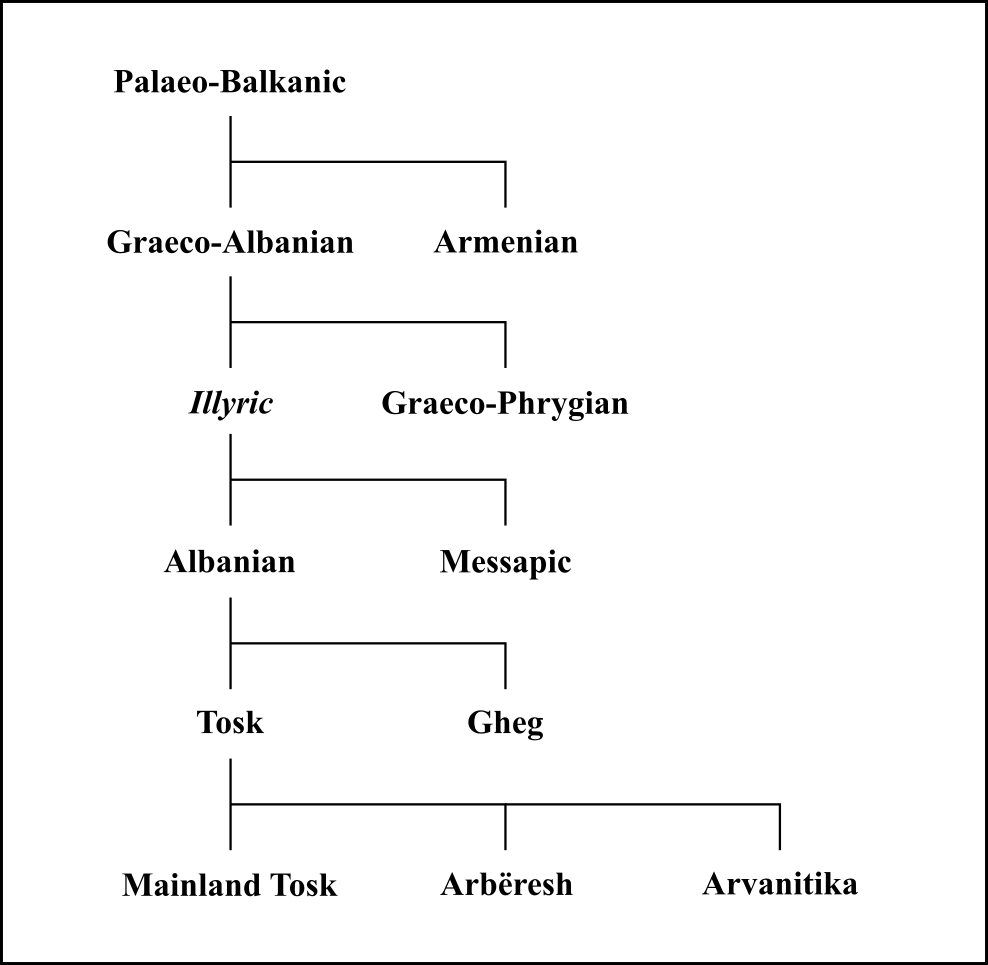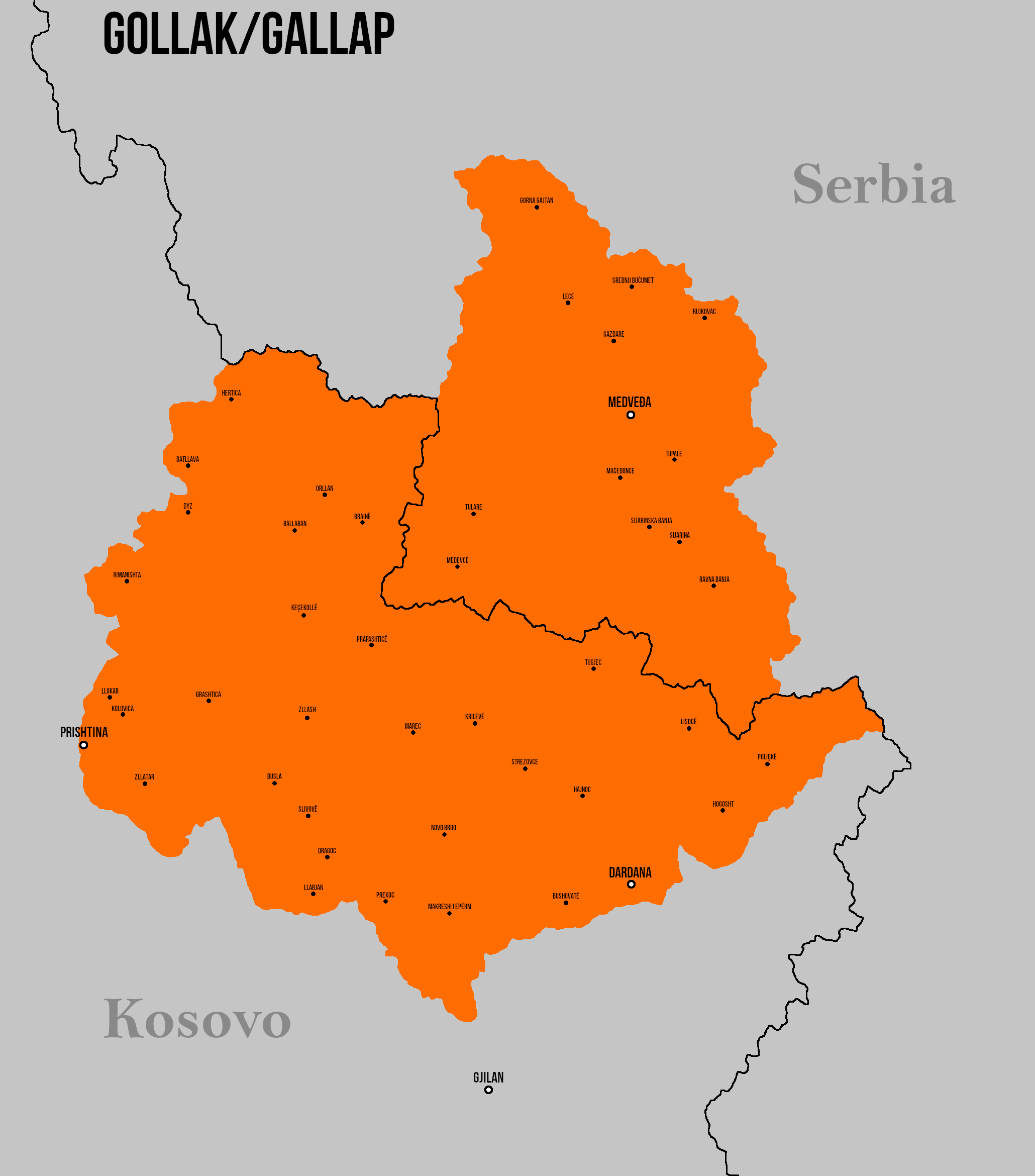|
Galabri
The Galabri (Ancient Greek: Γαλάβριοι) were a Dardanian tribe, along with the Thunatae, mentioned by Strabo.; . Name The tribe is mentioned by Ancient Greek author Strabo in his ''Geographica'' as ''Galabrioi''. The tribal name ''Galabri/Galabrioi'' has been connected to the Messapic name '' Calabri/Calabrioi'' in Apulia (south-eastern Italy). It has been further connected to the Albanian toponym '' Gallapi'' in present-day north-eastern Kosovo. Geography According to Strabo an old city was located in the region of the Dardanian tribe of the Galabri. It has been tentatively suggested that it should be sought at Kale in Skopje. Strabo's account indicates higher social development and acculturation in the area; also the informations provided by other classical sources concerning the Dardanians suggest that their society was at an advanced phase of development. See also *Dardania (Roman province) *List of ancient tribes in Illyria This is a list of ancient trib ... [...More Info...] [...Related Items...] OR: [Wikipedia] [Google] [Baidu] |
Dardani
The Dardani (; grc, Δαρδάνιοι, Δάρδανοι; la, Dardani) or Dardanians were a Paleo-Balkan people, who lived in a region that was named Dardania after their settlement there. They were among the oldest Balkan peoples, and their society was very complex. The Dardani were the most stable and conservative ethnic element among the peoples of the central Balkans, retaining for several centuries an enduring presence in the region. Most ancient sources classify Dardanians as Illyrians. Strabo and Appian explicitly referred to them as Illyrians. Strabo, in particular – also mentioning Galabri and Thunatae as Dardanian tribes – describes the Dardani as one of the three strongest Illyrian peoples, the other two being the Ardiaei and Autariatae. There were Thracian names in the eastern strip of Dardania but Illyrian names dominated the rest The Kingdom of Dardania was attested since the 4th century BC in ancient sources reporting the wars the Dardanians waged ag ... [...More Info...] [...Related Items...] OR: [Wikipedia] [Google] [Baidu] |
Thracian Tribes
This is a list of ancient tribes in Thrace and Dacia ( grc, Θρᾴκη, Δακία) including possibly or partly Thracian or Dacian tribes, and non-Thracian or non-Dacian tribes that inhabited the lands known as Thrace and Dacia. A great number of Ancient Greek tribes lived in these regions as well, albeit in the Greek colonies. Tribes Thracian Certain tribes and subdivisions of tribes were named differently by ancient writers but modern research points out that these were in fact the same tribe. The name ''Thracians'' itself seems to be a Greek exonym and we have no way of knowing what the Thracians called themselves. Also certain tribes mentioned by Homer are not indeed historical. * Agrianes * Apsynthii * Astae,The Thracians 700 BC-AD 46 (Men-at-Arms) by Christopher Webber and Angus McBride, , 2001, page 11: "After the battle, 10,000 Thracians drawn from the Astii, Caeni, Maduateni and Coreli occupied each side of a narrow forested pass ..." they appear in the 2nd centu ... [...More Info...] [...Related Items...] OR: [Wikipedia] [Google] [Baidu] |
Thunatae
The Thunatae (Ancient Greek: Θουνᾶται) were a Dardanian tribe, along with the Galabri, mentioned by Strabo. The Thunatae are mentioned as neighbors of the Maedi, a Thracian tribe.; . Name The tribe is mentioned by Ancient Greek author Strabo in his ''Geographica'' as ''Thunatai''. The tribal name ''Thunatae/Thunatai'' has been connected to the Messapic name '' Daunioi/Daunii'' in Apulia (south-eastern Italy). Geography According to Strabo the Thunatae were a Dardanian tribe who bordered with the Thracian Maedi in the east. It has been suggested that the Thunatae may have been a Thracian people or probably strongly influenced by the neighbouring Thracians. However Strabo explicitly considers the Thunatae as a Dardanian people, also separating them from the Thracian tribe Maedi, hence from the Thracians. Strabo's account provides evidence that in their eastern territory the Dardanians bordered the Thracians. See also *Dardania (Roman province) *List of ancient tr ... [...More Info...] [...Related Items...] OR: [Wikipedia] [Google] [Baidu] |
Messapic Language
Messapic (; also known as Messapian; or as Iapygian) is an extinct Indo-European language of the southeastern Italian Peninsula, once spoken in Apulia by the Iapygian peoples of the region: the ''Calabri'' and ''Salentini'' (known collectively as the Messapii), the Peucetians and the Daunians. Messapic was the pre- Roman, non- Italic language of Apulia. It has been preserved in about 600 inscriptions written in an alphabet derived from a Western Greek model and dating from the mid-6th to at least the 2nd century BC, when it went extinct following the Roman conquest of the region. Name The term 'Messapic' or 'Messapian' is traditionally used to refer to a group of languages spoken by the Iapygians, a "relatively homogeneous linguistic community" of non- Italic-speaking tribes ( Messapians, Peucetians and Daunians) dwelling in the region of Apulia before the Roman conquest. However, some scholars have argued that the term ' Iapygian languages' should be preferred for ... [...More Info...] [...Related Items...] OR: [Wikipedia] [Google] [Baidu] |
List Of Ancient Tribes In Illyria
This is a list of ancient tribes in the ancient territory of Illyria ( grc-gre, Ἰλλυρία; la, Illyria). The name ''Illyrians'' seems to be the name of a single Illyrian tribe that was the first to come into contact with the ancient Greeks, causing the name Illyrians to be applied to all people of similar language and customs. The locations of Illyrian tribes/peoples prior to the Roman conquest are approximate, as sometimes many wholly different locations are given by ancient writers and modern authors (as in the case of the Enchelei). After the Great Illyrian Revolt, the Romans deported,J. J. Wilkes, ''The Illyrians'', 1992, , p. 217. split, and resettled Illyrian tribes within Illyria itself and to Dacia, sometimes causing whole tribes to vanish and new ones to be formed from their remains, such as the Deraemestae and the Docleatae, some of them mixed with Celtic tribes (see Celticization). Many tribal names are known from Roman and the number of their , formed of the ... [...More Info...] [...Related Items...] OR: [Wikipedia] [Google] [Baidu] |
Gollak Gollak ( sq-definite, Gollaku, sr, Гољак, Goljak) or Gallap ( sq-definite, Gallapi) is a mountainous and ethnographic region in the eastern part of Kosovo and partially in Serbia, bordering the Llap region to the North, the Kosovo field to the west, the Anamorava v |




